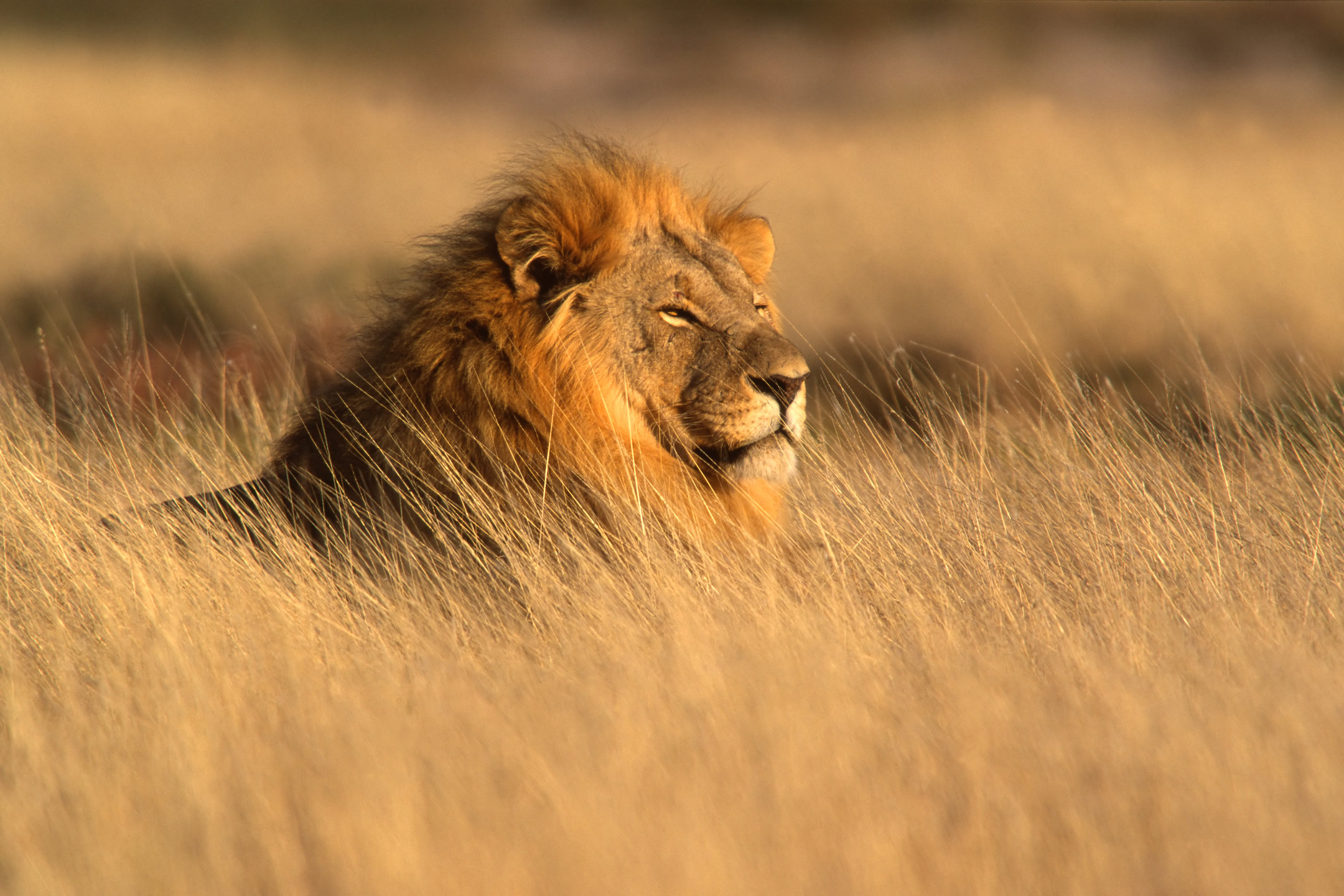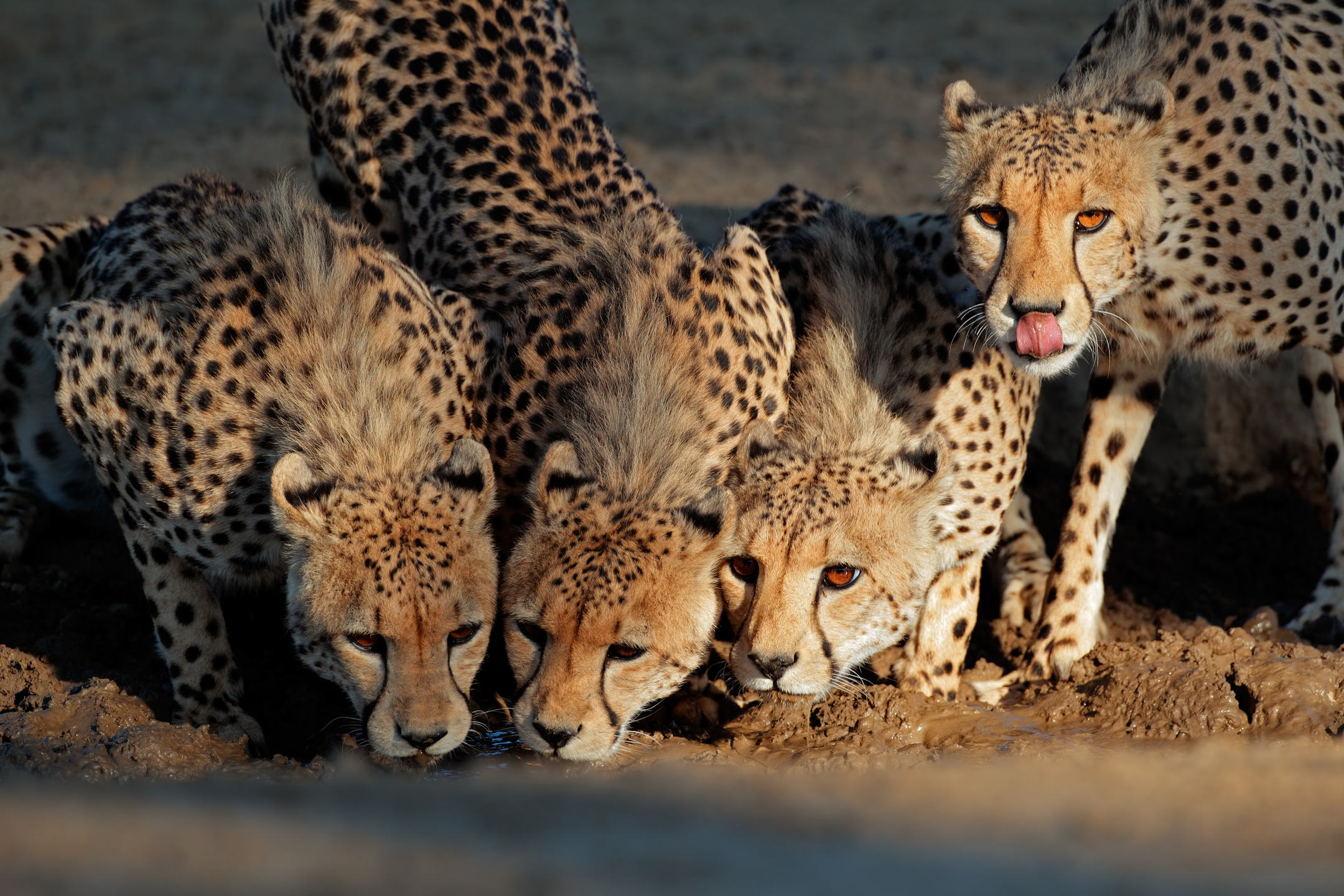Almost half of the African continent is covered with savannas.
The African Savanna is the largest tropical grassland in Africa, extending well into Zimbabwe, Botswana, and South Africa.
Install MyStart Theme for Google Chrome
In this blog post, we have compiled some of the most common and lesser-known facts about African Savanna. Let’s take a peek!
1. African Savanna Enjoys a Warm Climate
The climatic condition of the tropical desert is mostly warm. It can also get a little touch dry. The savanna receives most of its rainfall in the summer season. The rest of the year, the temperature ranges from 68 degrees F to 86 degrees F. It’s important to note that the annual rainfall in the African Savanna is typically from 10 to 30 inches.

2. The Savanna is a Habitat for a Varied Community of Organisms
You can find an extensive range of animals in the African Savanna. As such, it is the perfect place to spot all kinds of big and small creatures. You will mostly find the desert filled with large mammals, including primary and secondary consumers such as giraffes, zebras, elephants, buffalos, lions, cheetahs, kangaroos, ostriches, antelopes, baboons, leopards, and rhinoceroses.
Tertiary consumers such as hyenas are also found in the African Savanna. They are popularly known as scavengers.
3. 65% of Africa is the Savanna
Shocking, isn’t it?
Research shows that about 65% of Africa is nothing but savanna. Much of the entire savanna is covered with lush trees, canopies, plants, and grass/woodlands. The savanna is also home to hundreds of animals.

4. Many Kinds of People Live in the Region
You may think that the African Savanna is a land deprived of people, but that’s far from the case. The African Savanna accommodates many communities. For example, the Nubians live in the upper Sudanese Nubia, the Akan and Kulango in the Ivory Coast, and so on. The most popular group of people that live in the savanna is the Masai – a Nilotic ethnic group.
5. The Famous Serengeti National Park is In the African Savanna
This is one of the most popular parks in northern Tanzania. It is massive and is home to a wide variety of animals, including lions, elephants, hippos, zebras, leopards, crocodiles, gazelles, and honey badgers. Because of the presence of a large number of animals, this park is considered to be the world’s greatest wilderness.
The best time to visit the park is in the dry season – from late June to October. This time period is ideal for witnessing the region’s epic wildlife.

6. Most of the Continent’s Natural Resources Come from the Savanna
Plenty of food crops are planted in the savanna, including corn, millets, maize, wheat, sorghum, sugar cane, etc. These staple food items are supplied to the people of savanna as well as exported to other parts of the world.
7. The African Savanna is Crucial for the Regulation of the Ecosystem
That’s because the tropical land sustains a wide variety of wildlife and plants. The desert also ensures the regulation of the global climate by storing lots of carbon and releasing oxygen. In this way, the tropical woodland maintains the delicate balance of the ecosystem.
8. A Large Part of the Savanna Is Covered with Different Kinds of Grasses
These include Rhodes grass, lemongrass, Bermuda grass, elephant grass, red oats grass, and star grass. The land also features several types of trees and plants, such as the baobab tree, jackalberry tree, acacia tree, manketti tree, river bushwillow, umbrella thorn acacia, etc.
9. The African Land Features Many Edible Plants
For instance, it consists of Abal shrubs that feature edible flowers with high concentrations of nitrogen and sugar. The baobab plant has edible roots and leaves; even its seeds can be used in flour. Other edible plants include the beech, marula, monkey orange, etc.
10. The Savanna Is Affected by Human Activities and Global Warming
The drastic climatic change and human activities such as deforestation, poor land management, and illegal poaching have adversely impacted the savanna. The imbalance in the ecosystem has triggered a set of reactions in the plant life and wildlife. Due to the affected ecosystem, the savanna is more vulnerable to droughts, storms, etc.

These facts about the African Savanna just serve to highlight what an amazing place it is and the diversity of life present here.
Install MyStart Theme for Google Chrome










